NASA has completed testing of a new drone airspace management system designed to enhance Wildfire response operations. The Advanced Capabilities for Emergency Response Operations (ACERO) project, in collaboration with AirSpace Integration (ASI), evaluated the Portable Airspace Management System (PAMS) at Monterey Bay Academy Airport in La Selva Beach, California during November 2024.
Technical Innovation in Emergency Response
The PAMS technology represents a focused advancement in drone technology for emergency response operations. Each PAMS unit combines three essential components: a dedicated airspace management computer, a communications radio system, and an Automatic Dependent Surveillance-Broadcast (ADS-B) receiver for monitoring nearby aircraft. This integrated system enables drone pilots to safely deploy aircraft in wildfire environments.
Researchers from NASA’s Ames Research Center in Silicon Valley conducted testing of multiple PAMS units, evaluating their ability to coordinate through aerial communication relays under real-world conditions. ASI provided its testing facility to support this important campaign.
Testing Infrastructure and Capabilities
ASI operates under an FAA Certificate of Authorization (COA) with specialized infrastructure for advanced aerial research. The facility features a 2,200-foot grass airfield and access to Class G airspace, complemented by a Naval Research Lab weather station providing real-time meteorological data. The coastal location near Monterey Bay supports research on maritime drone applications.
Chris Bley, ASI’s founder, noted: “This event showcased the tremendous potential of drone test sites in advancing technologies that address real-world challenges. We are honored to collaborate with NASA and industry partners on this vital initiative and look forward to continuing these efforts in spring 2025 to enhance emergency response capabilities nationwide.”
Safety Protocols and Operations
ASI implements comprehensive safety measures for drone testing operations. The company utilizes chase pilots, boats, and ground-based observers to monitor operations, while its systems provide real-time air traffic deconfliction to support safe coordination in complex airspace. ASI collaborates with public and governmental organizations to maintain safety standards in unmanned aviation.
Future Development Plans
NASA plans to continue testing drone technologies for emergency response in 2025 through the ACERO project. These upcoming tests will focus on refining PAMS and evaluating additional communication strategies and data-sharing capabilities to enhance coordination between drone operators, emergency responders, and the FAA’s National Airspace System.
The PAMS testing represents a significant step forward in managing drone operations during wildfire response. As Bley stated: “ASI is proud to support NASA’s ACERO tests, which advance the adoption of safe, coordinated, and efficient emergency response operations using cutting-edge drone and communications technologies within the FAA’s National Airspace System.”
The successful testing campaign demonstrates the importance of dedicated testing facilities in advancing Drone Technology for emergency response applications. Through continued collaboration between NASA, ASI, and other stakeholders, these developments aim to enhance the safety and effectiveness of drone operations in wildfire response scenarios.
Photos courtesy of Nasa.
Discover more from DroneXL.co
Subscribe to get the latest posts sent to your email.

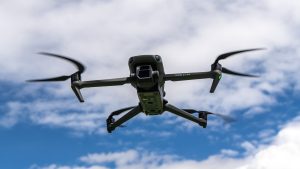

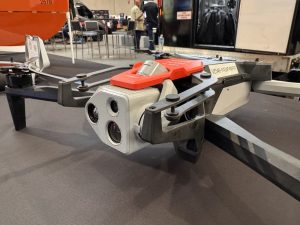
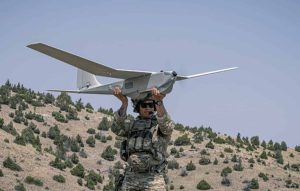


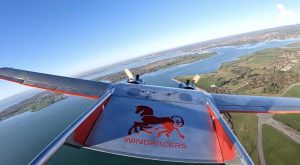
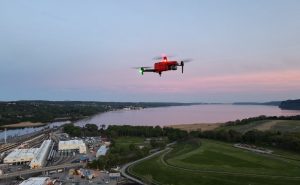


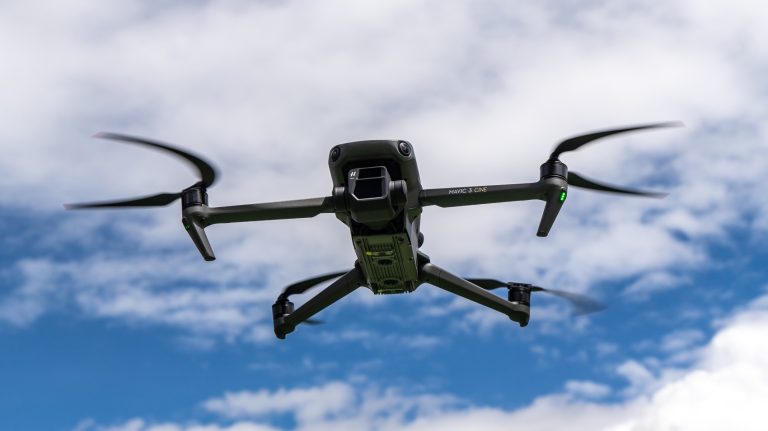


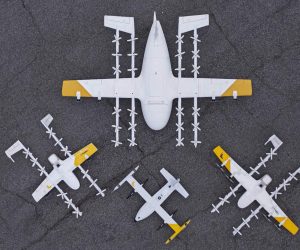
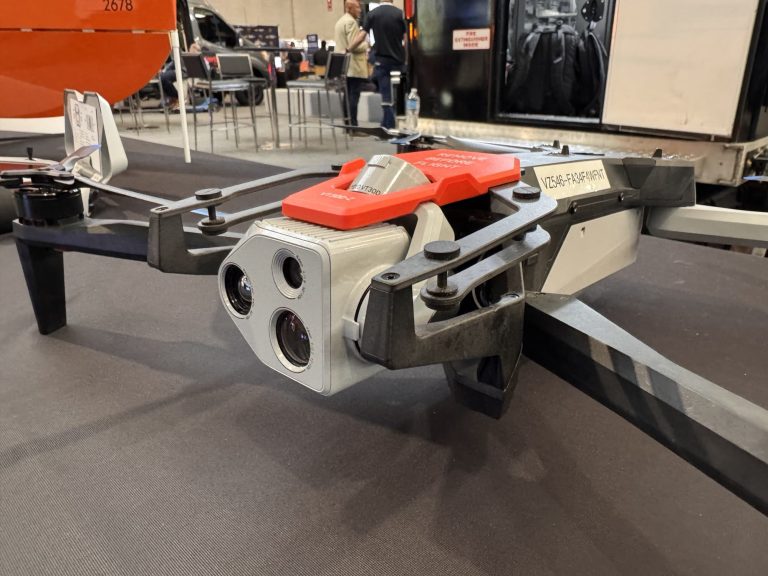
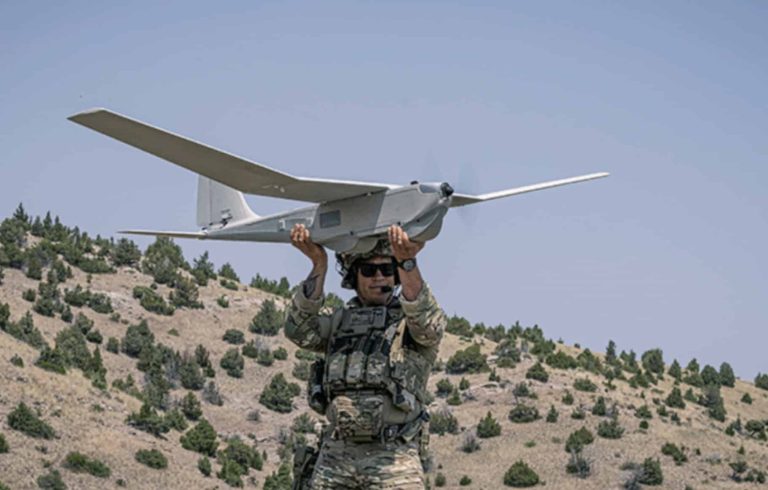


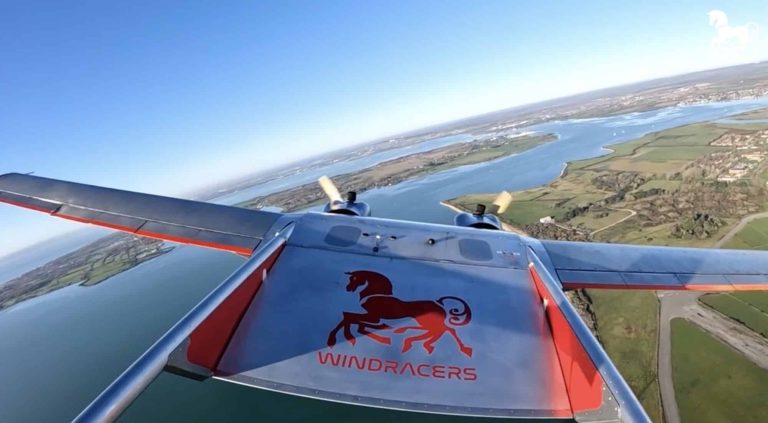
+ There are no comments
Add yours